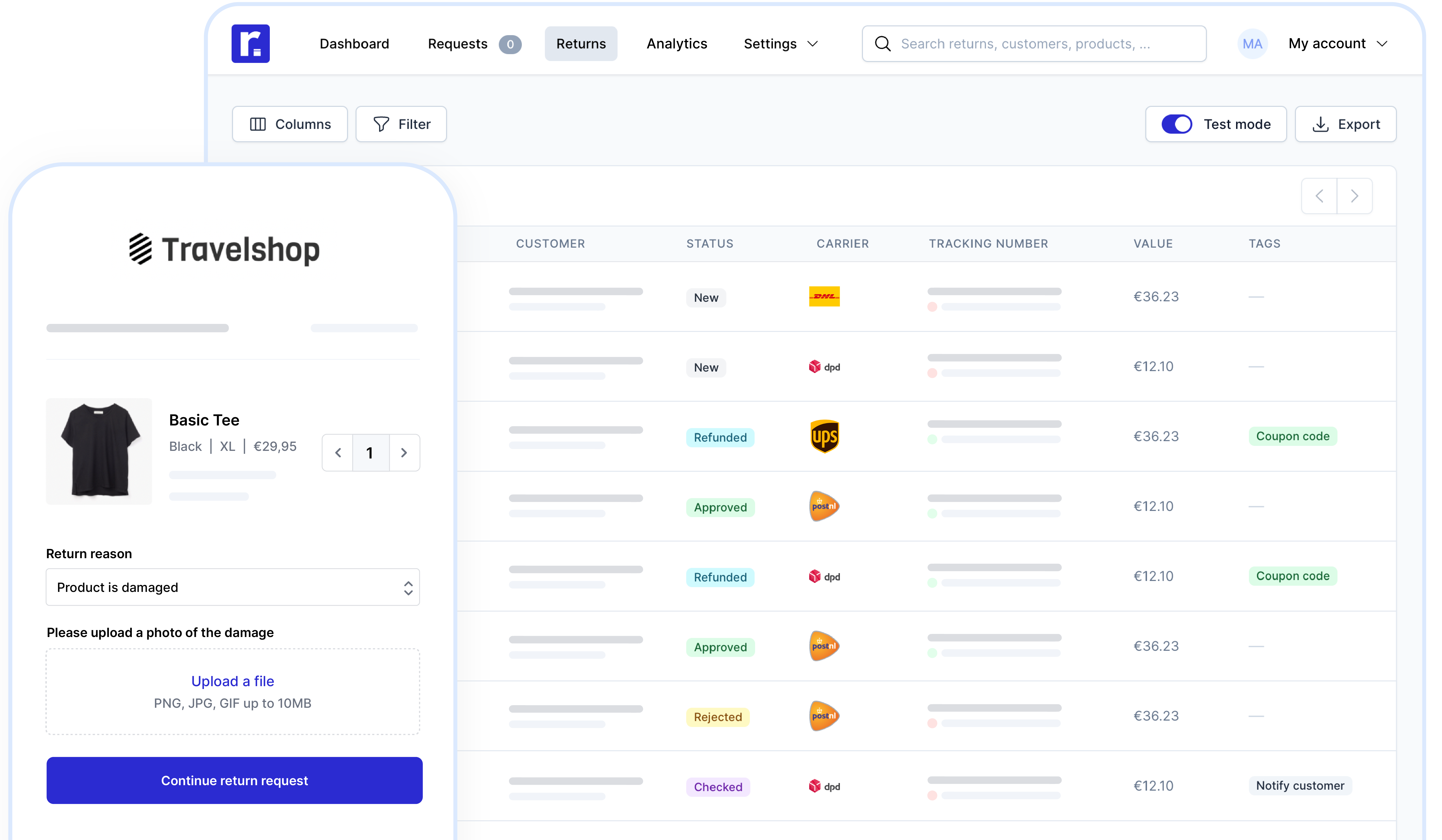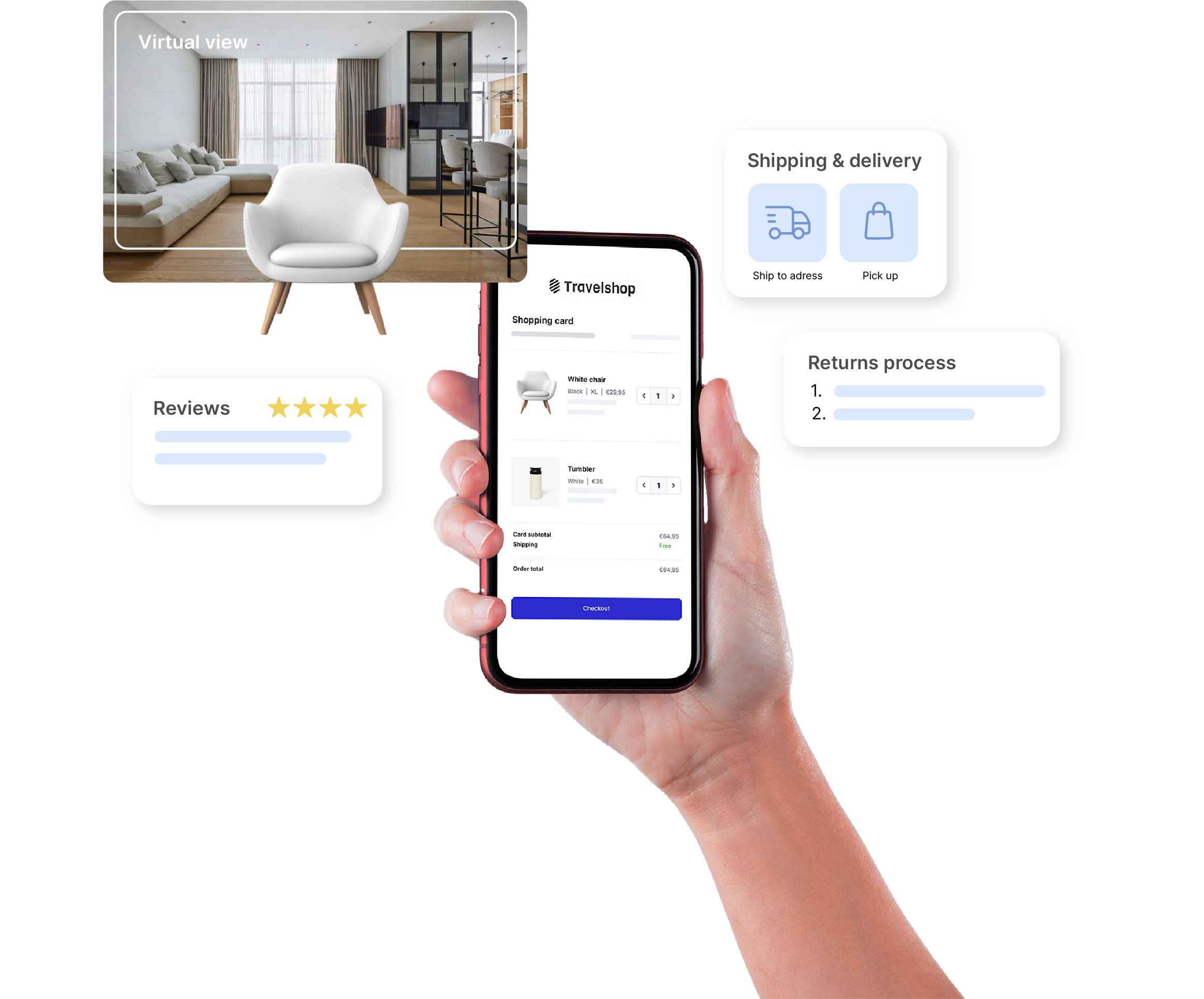
Author
Tessa Stoppelenburg
Date
4 December 2024
Category
Informative
2025 is fast approaching! You're probably busy with the aftermath of Black Friday, and with Christmas right around the corner, the last thing you want to worry about is planning for next year. However, it doesn't hurt to look ahead and plan for next year. Ecommerce trends can help you find your focal point. This blog lists the most important trends.
Emergence of AI in e-commerce.
AI remains a big topic for 2025, and e-commerce will certainly make grateful use of it. AI contributes in e-commerce especially to an optimized customer experience, for example through personalized product recommendations, or shopping advice from ChatGPT as Klarna has already implemented.
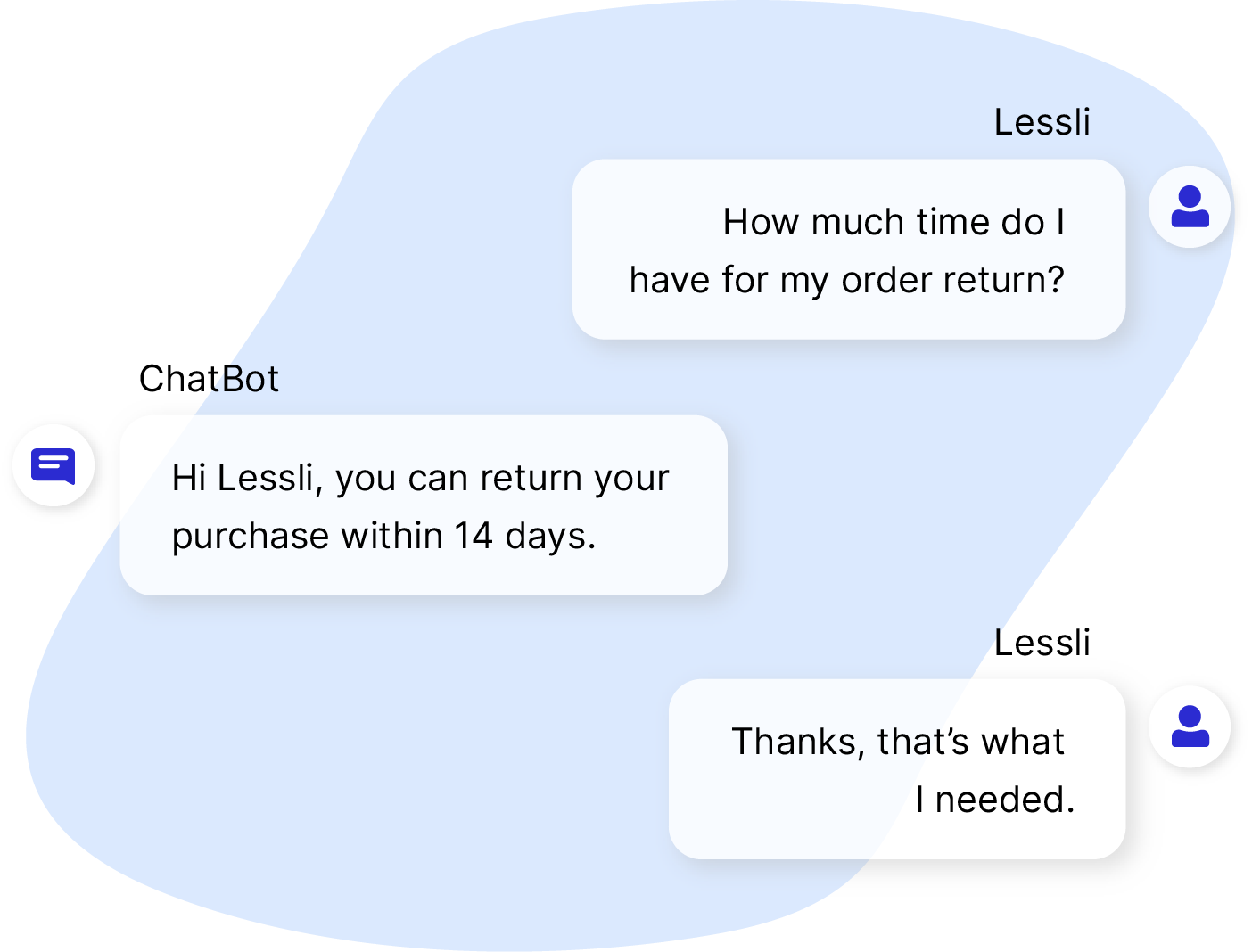
We are also seeing an optimization of work processes and productivity with AI. Time and costs are being saved, for example, by using chatbots to complement customer service or optimizing product descriptions using smart AI tools or collected return reasons. You can also automate manual internal tasks. For example, optimized inventory management and improving your returns process. You can also use AI to make forecasts regarding customer turnover or return rates.
Personalization of ads.
Personalized cross-channel advertising will continue to be an essential part of any marketing strategy in 2025. Cookies can be used to collect user data, buying behavior, search history and demographics. This way you can personalize the online experience of consumers. Users see more relevant ads and the effectiveness of marketing campaigns is increased.
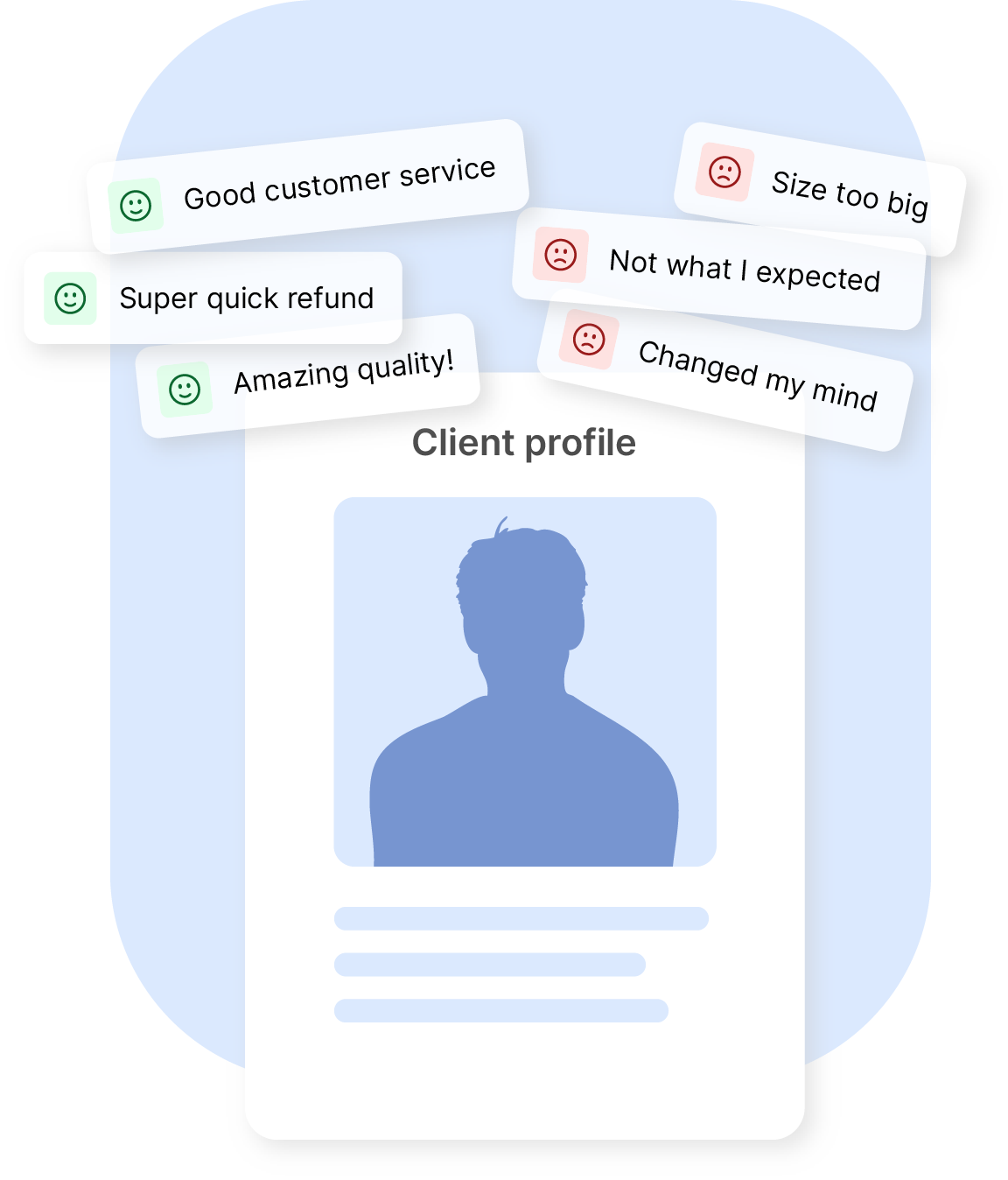
The continued development of innovative tools will further drive the personalization of marketing campaigns in the coming years. Data collection has unfortunately become a bit more difficult due to the ban on third-party cookies, but online retailers can instead use first-party data, for example through Google Analytics. An other option to collect data is though zero-party data. For example, by analyzing product reviews and by using return forms with detailed questions about return reasons. This way consumers voluntarily share important insights about your products and processes. This data can then be used to create customer profiles and reach customers across channels.
Get a closer look at products with AR.
One e-commerce trend that may still seem far off in the future, yet is already being increasingly used in e-commerce, is Augmented Reality. When shopping online, products cannot be touched or tried on like they can in a physical store. AR can bring this experience closer together by adding the product in the consumer's environment via a smartphone. This allows consumers to “try on” or “test” the product before making a purchase. A well-known example of this is the IKEA Place App, where consumers can place furniture in their own living room with AR.
AR plays an important role in reducing returns. The more information the customer can gather about a product before making the purchase, the better the decision. And of course, well-considered purchases lead to fewer returns. More and more webshops are mobile-first, making integrations with AR easier these days. If your webshop isn't mobile friendly, it might be worth diving deeper into this e-commerce trend for 2025.
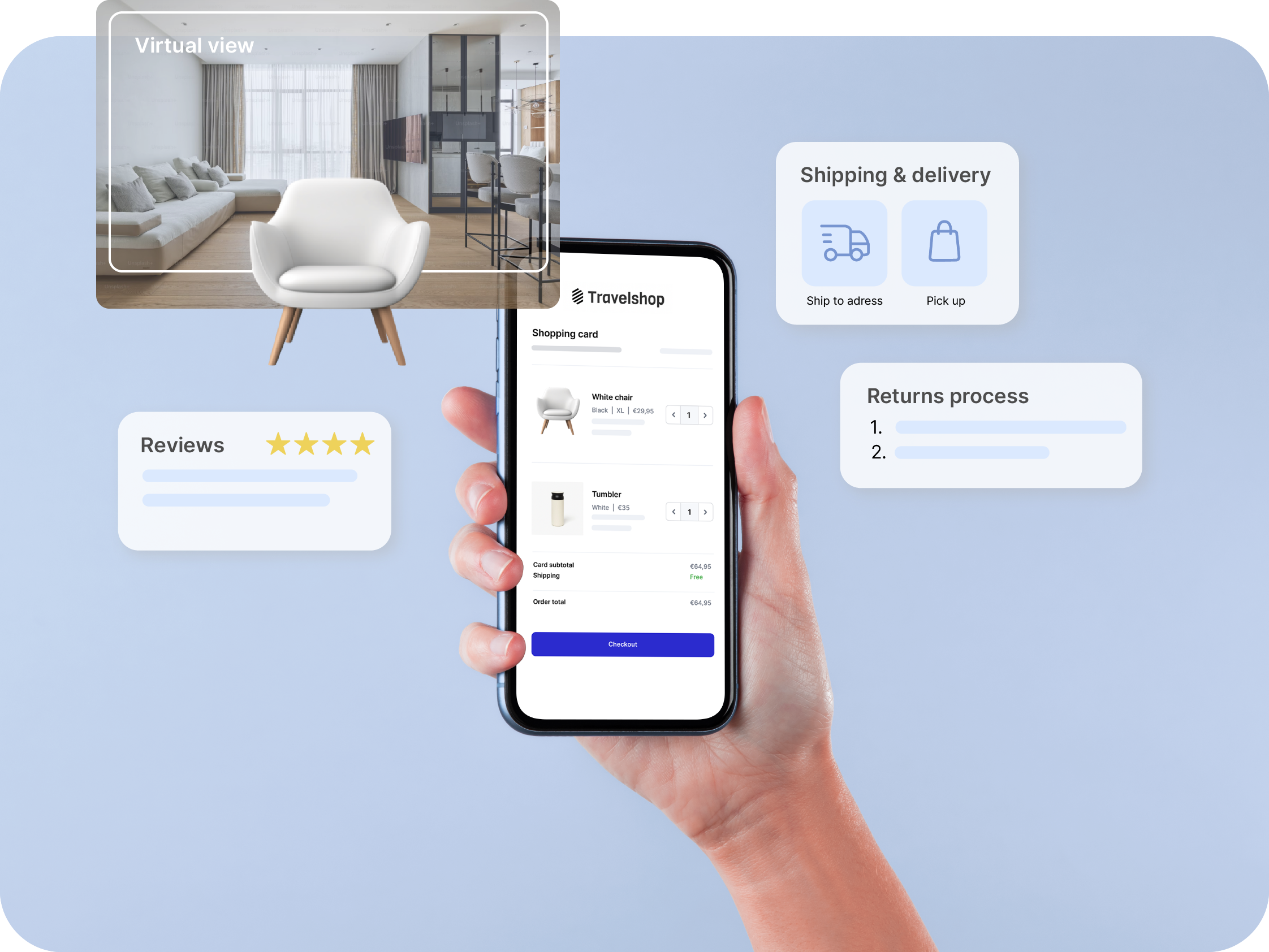
Social Selling.
Social media has been part of our daily activities, for some time now. So it makes sense that social media channels are increasingly being used as sales channels. Acquiring customers via social media through effective branding and features such as Instagram Shopping is called Social Selling. You reach your users exactly where they are already active online, which makes building a relationship with your target audience much easier. Social media is the ideal channel to showcase your brand identity and build a strong personal brand that customers can connect with.
Social media channels like TikTok also encourage the creation of user-generated content. This is content created by consumers about your brand or products. This generates a lot of trust with other (potential) consumers which strengthens the bond with your followers even more. Although traditional sales channels will remain important in the coming years, Social Selling will gain more and more ground.
Sustainability.
Sustainability is and will be very important in 2025; consumers are more willing to pay more for sustainable products and or shipping. Offering multiple shipping options with returns fulfills this customer need and can improve your brand image and customer loyalty. Another measure you can take to reduce your impact on the environment is to reduce your number of returns. Returns not only mean more carbon emissions, but also more costs - so it's not just for environmental reasons that it makes sense to take a look at your returns process in 2025. For example, you can offer more and more sustainable shipping options, such as allowing consumers to drop off returns at fysical store locations. So there are countless measures to reduce your number of returns.
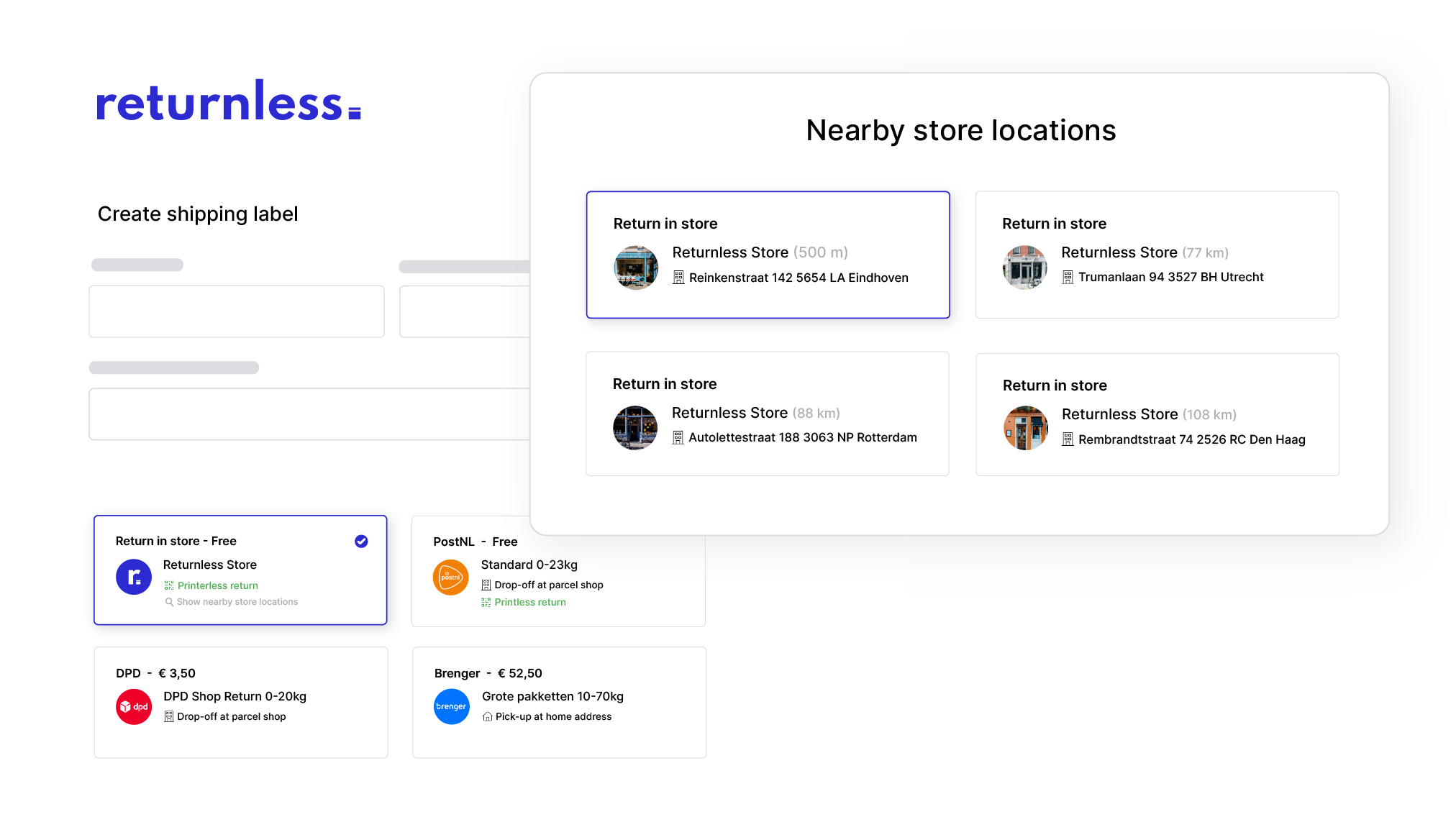
Let Returnless help your to get grip on your returns.
Which of these trends will you implement in 2025? One thing all of these trends have in common is driving sales through an optimized customer experience. Returnless helps you streamline your return process and improve the return experience for your customers. Below are some examples of ways Returnless can support your webshop:
- Smart custom automations allows you to process your returns faster and reduce manual work.
- With our digital return form, you improve the customer experience and simplify returns for your customers as well as your team.
- Returnless is integrated with all European shipping companies. This allows you to offer your customers all shipping options at once, without having arrange contracts yourself.
- Get insights into your return data, including why and how often certain products are returned. This way you can easily optimize your product range, for example by improving product descriptions or images.
- Know when which products are being returned so you can optimize your inventory.
get started for free.
Play around and test out all features for free. Or schedule a demo with one of our colleagues if you'd like more info first.
